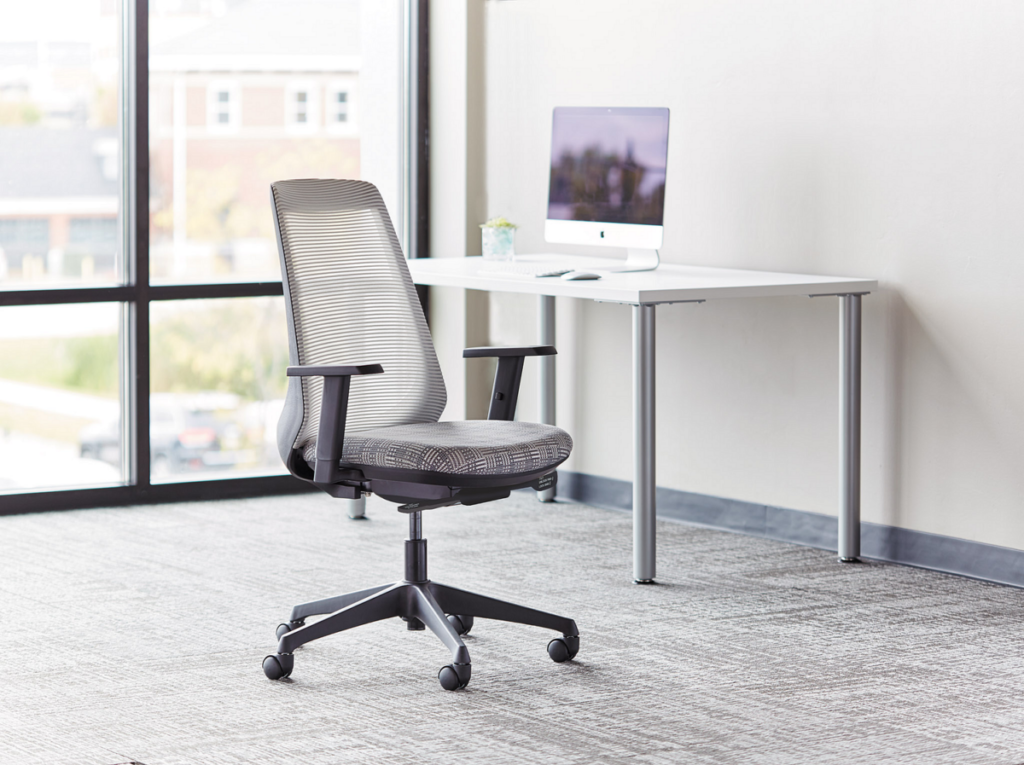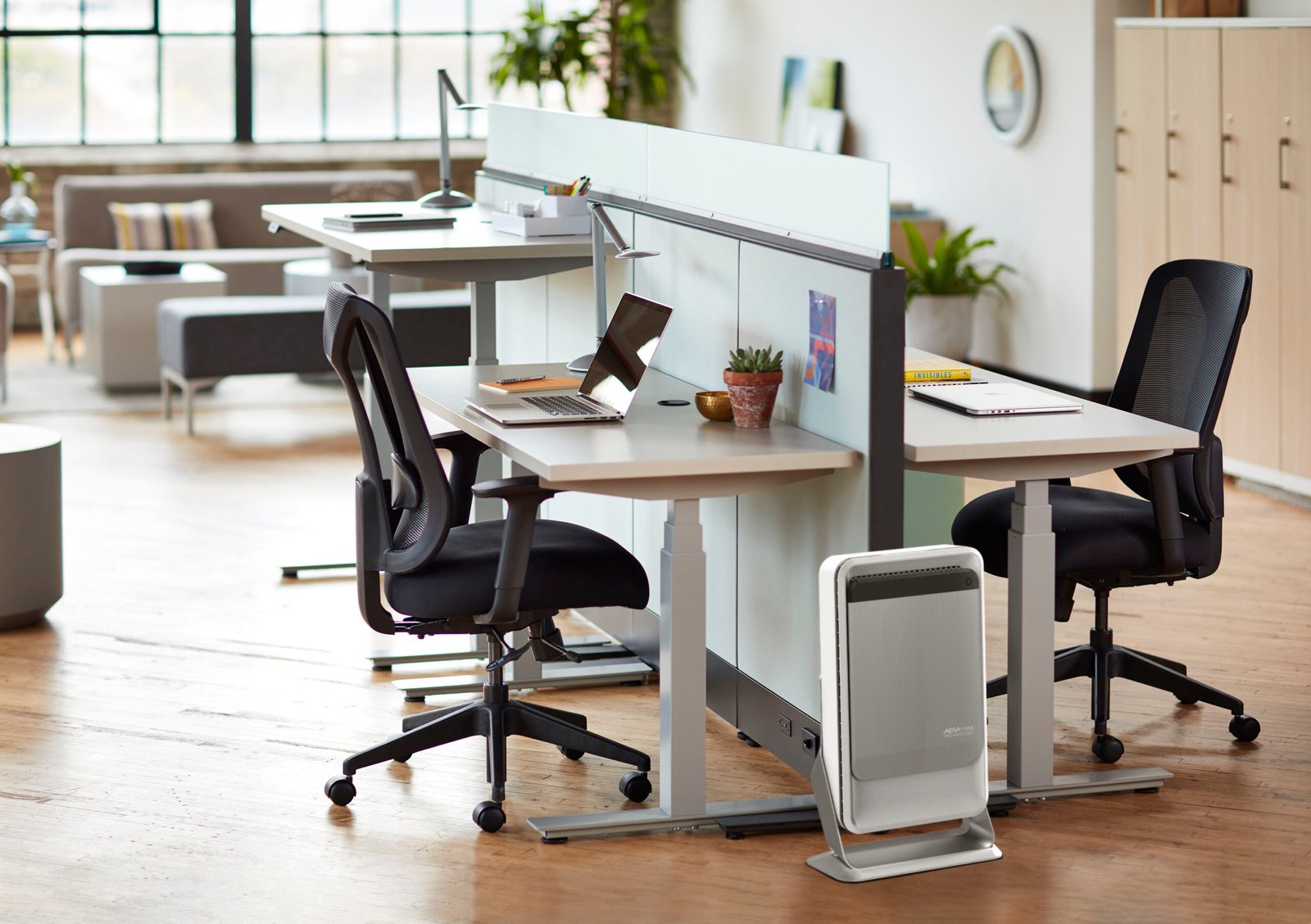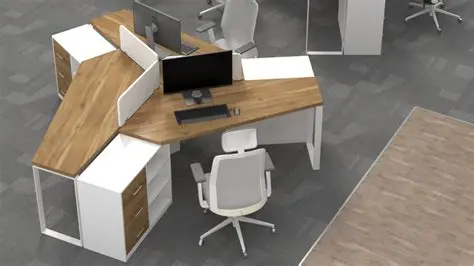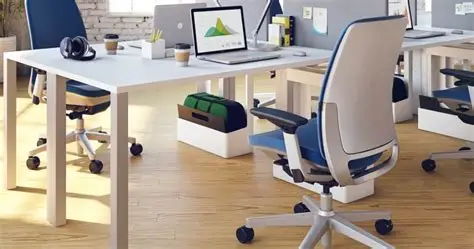
Ergonomic Office Furniture for Healthy Workspaces
Creating a healthy workspace is essential for productivity, comfort, and long-term well-being. Ergonomic office furniture plays a critical role by providing support, reducing strain, and promoting proper posture. From adjustable chairs to standing desks, the right furniture can transform any office or home workspace into a comfortable, efficient, and safe environment.
Ergonomics is not only about comfort—it’s about health. Investing in ergonomic furniture ensures that you work smarter, reduce fatigue, and prevent long-term injuries. A well-designed workspace encourages movement, supports your body, and boosts overall efficiency.

Why Ergonomic Office Furniture Matters
Ergonomic office furniture offers multiple benefits for workers and home office users:
-
Reduces physical strain: Supports proper posture and minimizes back, neck, and wrist discomfort.
-
Increases productivity: Comfortable employees remain focused and efficient.
-
Prevents injuries: Reduces the risk of repetitive strain injuries and musculoskeletal disorders.
-
Promotes well-being: Encourages flexibility, circulation, and energy throughout the day.
-
Adaptable to users: Adjustable furniture accommodates different body types and preferences.
Prioritizing ergonomics creates a healthier, more comfortable work environment that supports long-term physical and mental health.
Key Ergonomic Furniture Pieces
1. Ergonomic Chairs
-
Features: Adjustable seat height, lumbar support, armrests, and tilt mechanisms.
-
Benefits: Supports the spine and reduces back strain.
-
Tips: Sit in different chairs to find the most comfortable fit for your body type.
2. Adjustable Desks
-
Features: Height-adjustable options for sitting or standing.
-
Benefits: Encourages movement, reducing sedentary behavior.
-
Tips: Ensure the desk adjusts easily without wobbling or instability.
3. Monitor Stands and Arms
-
Features: Adjustable height and angle for monitors.
-
Benefits: Keeps screens at eye level, preventing neck and shoulder strain.
-
Tips: Position monitors about an arm’s length away for optimal viewing.
4. Ergonomic Keyboards and Mice
-
Features: Contoured designs with wrist support.
-
Benefits: Reduces wrist strain and prevents repetitive stress injuries.
-
Tips: Keep wrists neutral while typing or using the mouse.
5. Footrests and Accessories
-
Features: Adjustable footrests, document holders, and cushions.
-
Benefits: Improves posture, circulation, and overall comfort.
-
Tips: Choose accessories that enhance your existing workspace setup.
Setting Up a Healthy Workspace
A functional ergonomic setup requires more than furniture:
-
Maintain proper posture: Sit with feet flat on the floor, knees at 90 degrees, and back supported.
-
Adjust furniture to your body: Customize chair height, desk level, and monitor position.
-
Take regular breaks: Stand, stretch, or walk every hour to improve circulation.
-
Organize your workspace efficiently: Keep frequently used items within reach to avoid strain.
-
Use proper lighting: Reduce glare and eye strain with adjustable lighting solutions.
Combining ergonomic furniture with good workspace habits maximizes comfort and productivity.
Benefits of Investing in Ergonomic Furniture
Investing in ergonomic office furniture provides long-term advantages:
-
Enhanced comfort: Employees or home users can work longer without discomfort.
-
Improved focus: Reduced pain and strain boost concentration.
-
Lower absenteeism: Preventing injuries reduces sick days and healthcare costs.
-
Positive workplace culture: Comfortable workspaces show employees that their well-being matters.
-
Flexibility: Adjustable furniture accommodates various users and future office needs.
Ergonomic furniture is a long-term investment in both health and productivity.
Tips for Choosing the Right Ergonomic Furniture
-
Test before buying: Sit, type, and adjust furniture to ensure comfort.
-
Check adjustability: Look for multiple height and angle settings.
-
Prioritize quality: Durable materials and sturdy construction last longer.
-
Consider space: Ensure furniture fits comfortably without overcrowding the workspace.
-
Think about aesthetics: Ergonomic furniture can complement your office décor while enhancing functionality.
Choosing the right pieces ensures a balance of health, style, and efficiency.
Conclusion
Ergonomic office furniture for healthy workspaces is essential for comfort, productivity, and long-term well-being. Chairs, desks, monitor stands, keyboards, and accessories all contribute to a safe and efficient environment. By investing in quality ergonomic furniture, adjusting your workspace to your body, and maintaining proper posture, you can reduce strain, prevent injuries, and enhance focus. A thoughtfully designed ergonomic workspace benefits both physical health and work performance, making it a smart choice for modern offices, home offices, and anyone who spends extended hours at a desk. Prioritizing ergonomics creates a more enjoyable, productive, and sustainable work environment for the long term.







